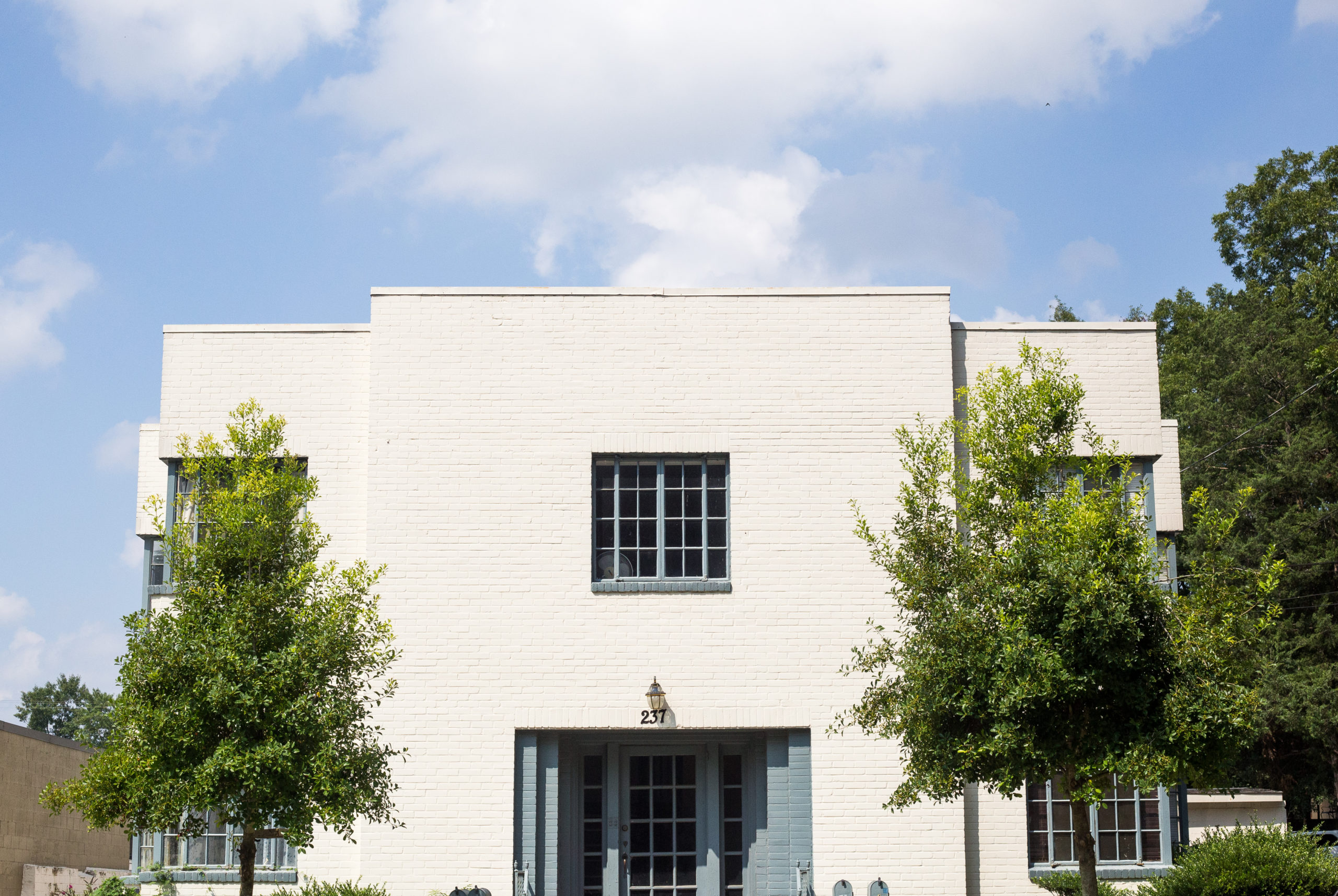Art Deco — a name that commands. A style that calls to mind towering buildings and endless cityscapes. The chiseled lines and symmetrical shapes invoke feelings of pride, wealth and prestige from a world lost to time. In the United States, no architectural style better defined the 1920s and 1930s quite like Art Deco. Rooted in Europe, it drew from the bold geometric forms of the Cubist and Vienna Secession styles, taking its name partly from the arts décoratifs designers of France (though it would not be coined as a term until the late 1960s). Coming into its own as the prominent style of the 1925 Exposition Internationale des Arts Décoratifs et Industriels Modernes and the 1933 Chicago World’s Fair, Art Deco was a way to accentuate the new and the modern — finding its way onto skyscrapers, vehicles, printed works, clothes, jewelry and even household appliances.
Such movement highlights the imposing presences of New York, Chicago, Detroit and Los Angeles. This isn’t quite the same in the South, especially in the suburban and rural areas. However, some examples of Art Deco have still managed to trickle down into the larger cities (Atlanta City Hall, for instance), and Gwinnett is no exception. Here are but two examples — old and new — of where you can find this powerful style right here in the county.
The Eagle Theatre:
Sugar Hill, GA
Along the vibrant main street of Sugar Hill sits a building that not only encapsulates the breathtaking nature of the style, but also pays homage to Hollywoodland as it once was, and City Manager Paul Radford wouldn’t have it any other way.
Radford explains The Eagle Theatre, which was intended as a bookend for the growing multi-use complex in Sugar Hill, became a personal passion for him when he joined the council. It would take inspiration from northern film institutions like the Chicago Theatre while also calling back on Georgia movie houses of yesterday — many of which had either been demolished or repurposed over the years. The choice of Art Deco as the driving design was simple: 1929 reflected the year Sugar Hill was founded.
From there, Lawrenceville’s Precision Design worked with the staff and council to create something visually unique, a red carpet-worthy experience that would wow visitors from the stunning lobby all the way to the bathrooms. And it certainly shows; with its geometric shapes, brass detailing, golden inlay, checkered tile and shimmering marquee, The Eagle is one structure that positively, unmistakably and unequivocally demands to be looked at. According to Radford, the best comment he received about the theatre came from a group who praised the wonderful restoration job Sugar Hill did on the “old building;” that, he said, is exactly what they hoped to capture.

237 North Clayton: Lawrenceville, GA
It seems as if Miami’s missing something: a glittering white apartment complex sandwiched between a single-family home and a local business in downtown Lawrenceville. 237 North Clayton was constructed in 1922, and while not much is known about the building, it provides an interesting glance into one of Art Deco’s offshoots. Called “Streamline Moderne,” the style emerged in the 1930s as an international variation of Deco. Streamlined architecture puts emphasis on curving forms and long horizontal lines, giving the subject an aerodynamic, near-futuristic appearance. Perhaps the greatest example of this movement is the famed 20th Century Limited streamliner train, though it saw usage in designs ranging from airflow automobiles to household toasters.
237 North Clayton makes for a neat little hidden gem if you’re ever out for a walk downtown. This almost alien-looking building provides an odd and fun contrast to Lawrenceville’s historic courthouse and more traditional main street buildings.
